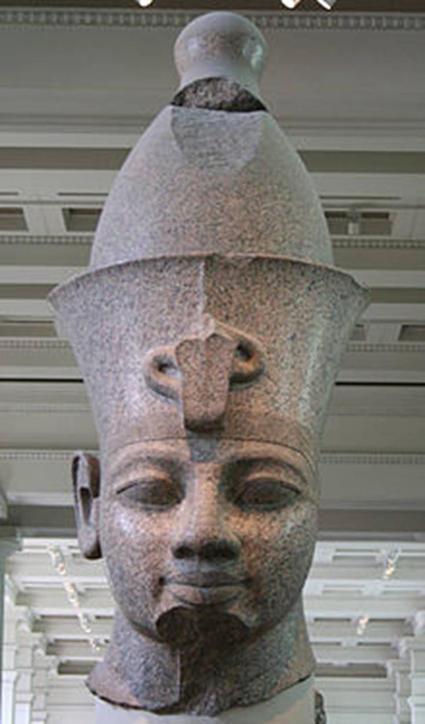 Avukana Statue
Avukana Statue
The Avukana statue is a standing statue of the Buddha near Kekirawa in North Central Sri Lanka. The statue, which has a height of more than 40 feet (12 m), has been carved out of a large granite rock face during the 5th century.
 Mahabalipuram
Mahabalipuram
It is believed by some that this area served as a school for young sculptors. The different sculptures, some half finished, may have been examples of different styles of architecture, probably demonstrated by instructors and practiced on by young students. This can be seen in the Pancha Rathas where each Ratha is sculpted in a different style. These five Rathas were all carved out of a single piece of granite in situ.[4] While excavating Khajuraho, Alex Evans, a stonemason and sculptor, recreated a stone sculpture made out of sandstone, which is softer than granite, under 4 feet that took about 60 days to carve. The carving at Mahabalipuram must have required hundreds of highly skilled sculptors.[8]
 Signers Monument
Signers Monument
Located in Augusta, Georgia, the Signers Monument was built to recognize the 3 signers of the United States Declaration of Independence from the region. At a height of 50 feet, the granite obelisk was built in 1848 to mark the graves of George Walton, Lyman Hall, two of the three signers. Unfortunately, upon building the monument, Button Gwinnett’s burial place could not be found.
 The Colossal Red Granite Statue of Amenhotep III
The Colossal Red Granite Statue of Amenhotep III
Situated in the British Museum in London, this statue was discovered in the temple enclosure of Mut at Karnak in Egypt by Giovanni Battista Belzoni and Henry William Beechey in 1817. Dating from around 1370 BC, the statue was originally created to honour King Amenhotep III and was one of a number of statues erected to the king in Thebes. The statue is fragmentary, and only the arm and head are known to have survived. The statue is one of the major highlights of the British Museum and shows the remarkable skill of the Ancient Egyptians as well as the pomp and ostentation surrounding royalty of the age.